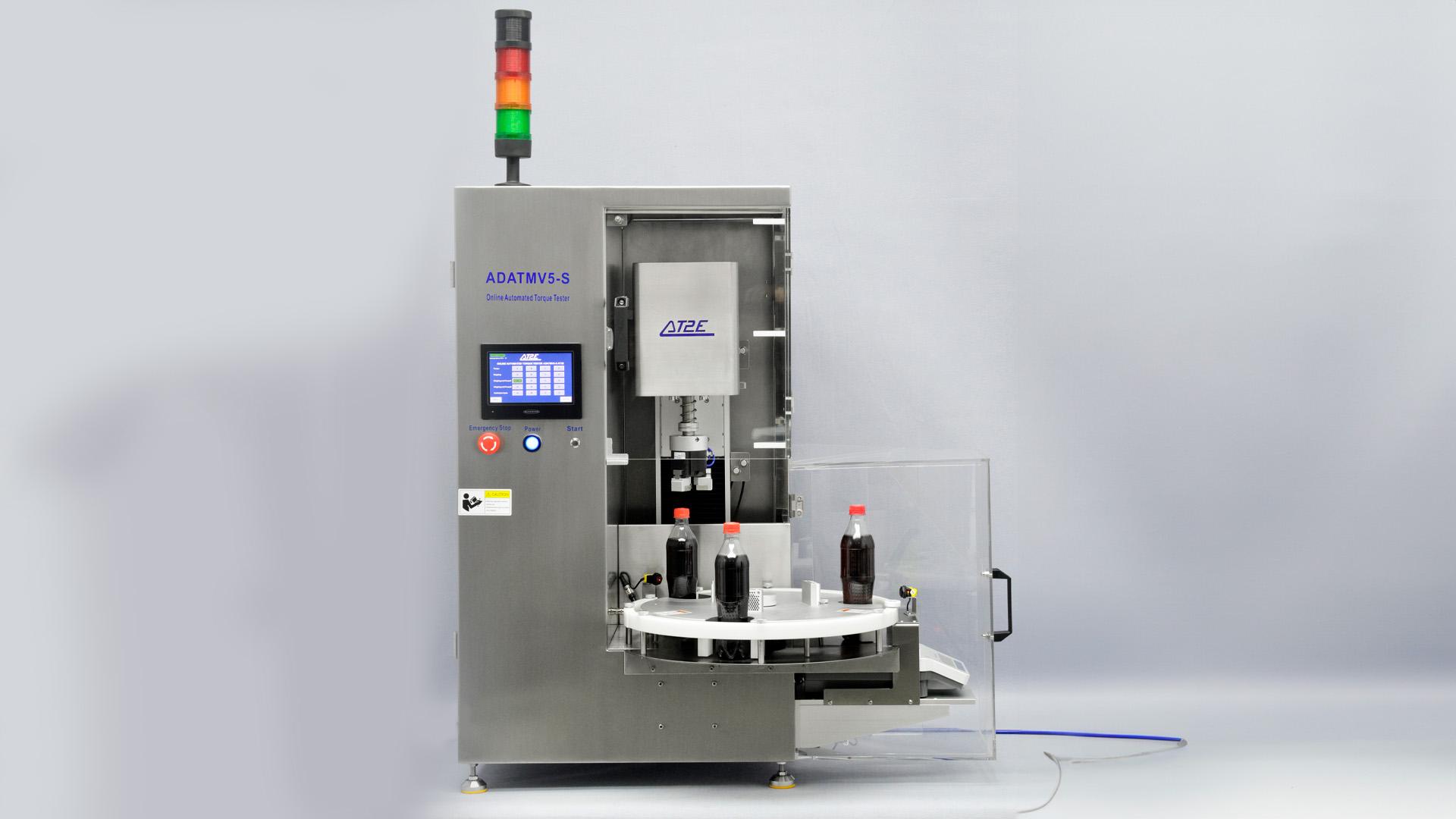In the ever-evolving landscape of industrial technology, the quest for efficiency and precision has reached new heights with the advent of real-time torque monitoring systems. As industries increasingly rely on automation and smart technologies, the need for robust and flexible solutions has never been more apparent. Enter the dynamic duo of Ignition and open protocol systems— a powerful combination that is transforming how we approach torque measurement and analysis. This article delves into the innovative world of real-time torque monitoring, exploring how the synergy of Ignition’s comprehensive platform and open protocols is revolutionizing data acquisition. Through insightful exploration, we will uncover the benefits, challenges, and real-world applications of this technology, showcasing its potential to enhance operational performance across various sectors. Join us on this journey as we navigate the intricate mechanisms behind torque monitoring and the transformative power of interoperability in today’s industrial landscape.
Exploring the Fundamentals of Real-Time Torque Monitoring Systems
In the realm of industrial automation, real-time torque monitoring systems play a crucial role in enhancing operational efficiency and ensuring safety. These systems provide instantaneous feedback on the torque applied to machinery, facilitating precise control over operations. Key components of a typical real-time torque monitoring system include:
- Torque Sensors: Devices that measure the torque in machinery, providing accurate data for analysis.
- Data Acquisition Units: Hardware that collects and processes data from various sensors in real-time.
- interaction Protocols: Standards that allow different components of the system to exchange data seamlessly, such as Open Protocols.
The implementation of such a system provides multiple advantages,especially when integrated with ignition systems. These advantages can be summarized as follows:
| Advantage | Description |
|---|---|
| Increased Precision | Ensures optimal performance through accurate torque readings, minimizing errors. |
| Enhanced Safety | Real-time data can prevent potential system failures or accidents by monitoring limits. |
| Improved Efficiency | Optimizes machinery performance by enabling immediate adjustments based on torque feedback. |
Integrating Ignition for Seamless Data Visualization and Control
Integrating Ignition facilitates a robust environment for real-time torque monitoring, allowing operators to visualize data dynamically and take immediate action. By leveraging the power of open protocols, users can seamlessly connect various systems and devices, ensuring that data flows smoothly across platforms. This capability enhances operational efficiency and empowers personnel to make informed decisions based on immediate data feedback. Key benefits include:
- Enhanced Data Clarity: Users can easily interpret torque measurements through interactive dashboards.
- Real-time alerts: Trigger notifications based on predefined torque thresholds to prevent equipment failure.
- Customizable Views: Tailor the visualization layout to meet specific operational needs.
To effectively monitor torque levels, Ignition provides powerful visualization tools that can be configured to display crucial parameters in a user-friendly manner. For instance, integrating data from torque sensors into a unified platform allows for past data analysis, trending visualizations, and performance benchmarking. Consider utilizing a table to showcase key torque metrics:
| Parameter | Current Value | status |
|---|---|---|
| Torque (Nm) | 75 | normal |
| Max Torque (Nm) | 100 | Warning |
| Min Torque (Nm) | 50 | Safe |
Harnessing Open Protocols for Enhanced Interoperability and Scalability
In the ever-evolving landscape of industrial automation, the ability to seamlessly exchange data between various systems is paramount. By leveraging open protocols, organizations can tap into a wealth of data from diverse sources, enabling real-time decision-making and enhanced system performance. Open protocols facilitate communication between devices, applications, and platforms, significantly improving the interoperability of components across different manufacturers and technologies. As a result, businesses can create a unified ecosystem where information flows freely, allowing for better torque monitoring and control.
Moreover, focusing on scalability enables companies to adapt to changing demands without overhauling existing infrastructure.By employing open protocols, industries can easily integrate new devices or applications without the burden of compatibility issues.The advantages include:
- Cost Efficiency: Reduces the need for proprietary solutions and vendor lock-in.
- Future-Proofing: Ensures that systems can evolve alongside technological advancements.
- enhanced Collaboration: encourages innovation through a community-driven approach.
| Feature | Benefit |
|---|---|
| versatility | Adapt and integrate new technologies quickly. |
| Interconnectivity | Allows diverse systems to work together seamlessly. |
| Scalability | Grow without limits on existing infrastructures. |
Best Practices for Implementing Torque Monitoring in Industrial Applications
Implementing torque monitoring in industrial applications requires a strategic approach to ensure accuracy and reliability. One essential practice is to choose the right sensors that can withstand the operational conditions of your environment. This might involve assessing factors such as temperature,humidity,and potential exposure to corrosive substances. It is also crucial to ensure that data from these sensors is transmitted in real-time, leveraging protocols like MQTT or OPC UA, which facilitate seamless communication across devices. Integrating these sensors with a comprehensive platform like Ignition allows for centralized monitoring, enabling users to visualize data trends and set alerts for anomalies.
Moreover,training personnel to interpret torque data effectively plays a meaningful role in maximizing the benefits of torque monitoring systems. Regular workshops on data analysis and equipment maintainance can definitely help in fostering a culture of proactive monitoring. Another best practice is to establish a robust feedback loop, where insights from torque data are communicated back to the engineering teams to inform design improvements. To provide clarity on performance benchmarks, consider employing the following metrics in your monitoring system:
| Metric | Description |
|---|---|
| Peak Torque | Maximum torque value recorded during operation. |
| Average Torque | Mean torque over a defined operational period. |
| Torque variability | Fluctuations in torque readings, indicative of potential issues. |
| Response Time | Time taken for the system to respond to torque changes. |
In Conclusion
As we conclude our exploration of real-time torque monitoring through the lens of Ignition and open protocols, it becomes clear that the fusion of advanced technology with practical applications can yield transformative results. The ability to continuously track torque in manufacturing processes not only enhances efficiency but also bolsters product quality and safety.
With Ignition’s intuitive interface and the flexibility offered by open protocols, industries can redefine their operational standards, embracing a new era of connectivity and data-driven decision-making. As we move forward, the innovative potential of these tools will undoubtedly unlock further possibilities, paving the way for smarter factories and more sustainable practices.
In a world that increasingly demands precision and openness, real-time tracking ensures that businesses are not just keeping pace but are also setting benchmarks for excellence. We encourage you to contemplate how the insights shared in this article might inspire your own journey toward a more integrated approach to torque monitoring. The future is indeed promising, and it’s high time we harness its full potential together.

















